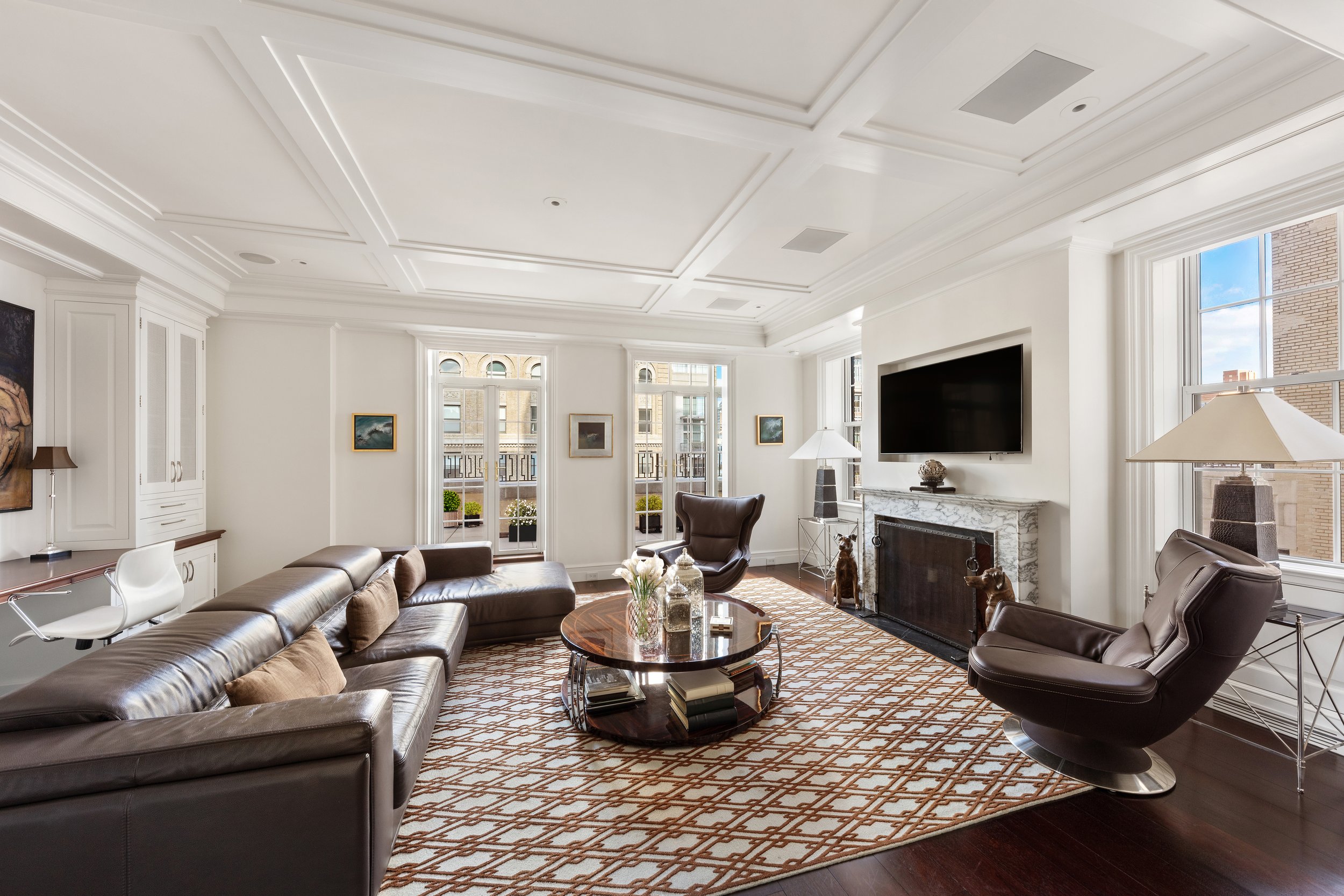A Step-by-Step Guide to Creating a Relaxing Home Environment
Your home should be your place of peace. Your refuge. Your getaway from the problems of the world. But if you don’t feel relaxed when you walk through the door, it becomes another stress to add to your list.
If you’re like most people, stress is part of your daily life. In fact, 55% of Americans report feeling anxious and stressed each day. Stress has a physiological effect on our bodies and minds, causing the release of hormones like cortisol and adrenaline.
The Dangers of Chronic Stress
At normal levels, these hormones are beneficial, but if your brain continues producing them, the high levels can cause damage. Your level of this emotion is unique to you. If it’s serious, talk to your doctor about how to handle your symptoms. Effective treatments range from natural supplements and journaling to medical marijuana and psilocybin.
In the meantime, creating a home that’s more of a sanctuary can significantly decrease your stress load, with or without medication.
When you look around your house, turning it from its current state into a relaxing refuge can seem overwhelming. It doesn’t have to be, provided you take it one step at a time. Follow this step-by-step guide, and you can finally have that peaceful home you’ve been dreaming of.
1. Clear the Surface Clutter
A room full of clutter and color is distracting to your brain. You may love all the collections you’ve accumulated, but it may be increasing your stress level.
Think about it this way. Whether you realize it or not, your brain processes everything around you all the time. So, you’ve zoned out the knick-knacks on your shelves, piles of books and games, and other clutter. However, your brain doesn’t have that ability. It continues to “keep an eye” on those items, even after you’ve dismissed them.
Visual distractions can be sounds, too. Anything that causes your brain to work to process it is clutter.
You don’t have to start with a deep clean to get rid of those distractions if that’s too overwhelming. Just take a look at the surfaces of your home, from the tops of furniture to the walls, and clear off anything that isn’t necessary. Leave blank spaces between photos or paintings to give your brain a second between processing.
Now that you’ve decluttered the surfaces, do your best to keep them clear. For now, that may mean throwing stuff in drawers and boxes, but that’s okay. We’ll tackle those later. Let your brain get some much-needed rest.
2. Move Your Furniture
Clean floors and furniture tops make it easier to do this next step. Look around at your couch, chairs, and other furnishings. Which areas don’t “feel” right to you? If they seem like they’re too big for a small space or vice versa, it’s time to move the big stuff around.
What do you use the items in each room for? For example, do you often have game nights where your coffee or kitchen table is full of people? Do you lie on your couch to watch TV? Consider how you can adjust the positions so that the furniture is functional but comfortable. Keep a small open area between each furniture piece.
3. Deep Clean Your Bedroom
Now for the crucial step. It’s time to deep clean your true sanctuary: your bedroom.
If you want to have a sound, restful slumber, you need a bedroom that lets your brain relax. You’ve already taken care of the surfaces. Next, empty the room of anything that doesn’t belong there, like storage boxes, electronics, and unnecessary wall art. Your goal is to train your mind that your room is for sleeping.
4. Dig Into the Details
The last step is to dig into the details and do that deep cleaning of the whole house we mentioned earlier. Grab some trash bags and boxes, and start pulling out drawers. Throw out anything you don’t use and can’t donate. If there is anything usable but unnecessary for you, put it in a donation box.
While you’re clearing the deep clutter, set each section up to be easy to maintain in the future. Add hooks by doors to hang things you use daily. Invest in bins and drawer organizers to make a “place for everything.”
This last step can be time-consuming, but it doesn’t have to be done all at once. Set aside 20 minutes a day or work through one room at a time until your home is officially free of clutter.
Conclusion
Turning your home into a sanctuary doesn’t happen overnight. Through purposeful, consistent changes, though, you can slowly eliminate extra stressors and build an environment that enshrouds you in peace as soon as you walk into the room.









